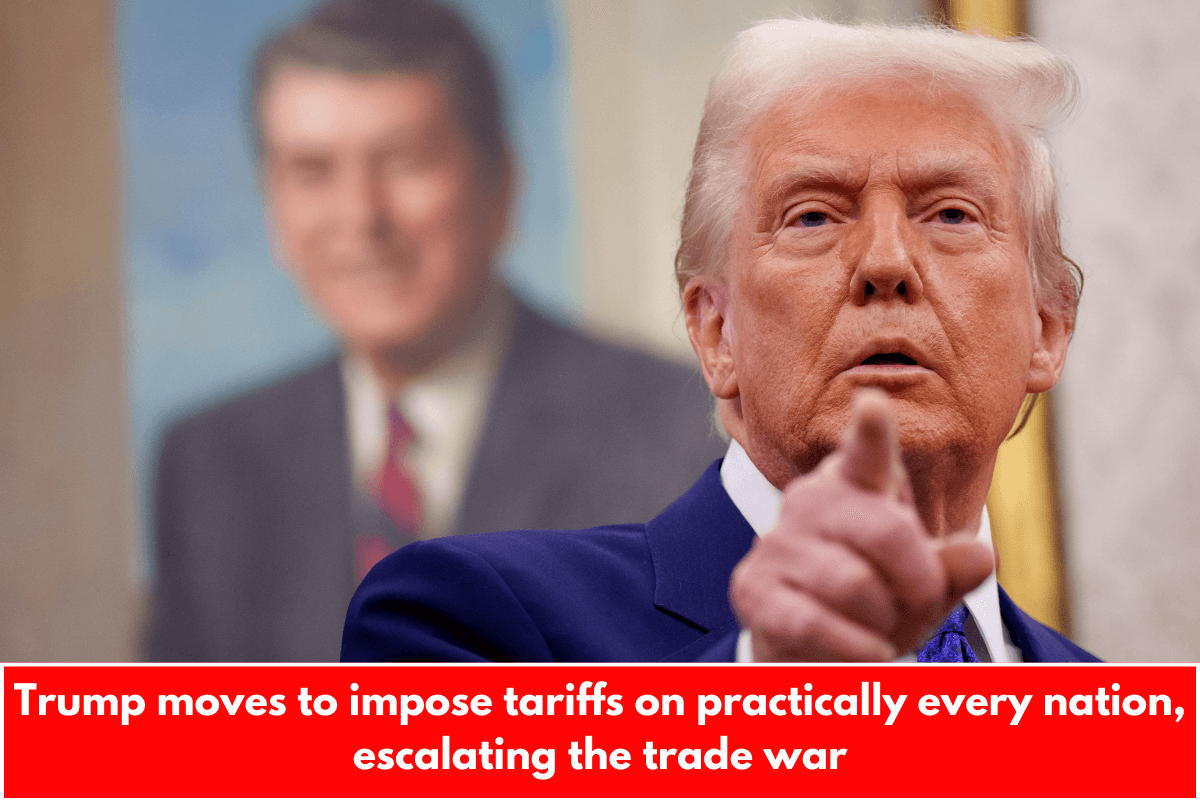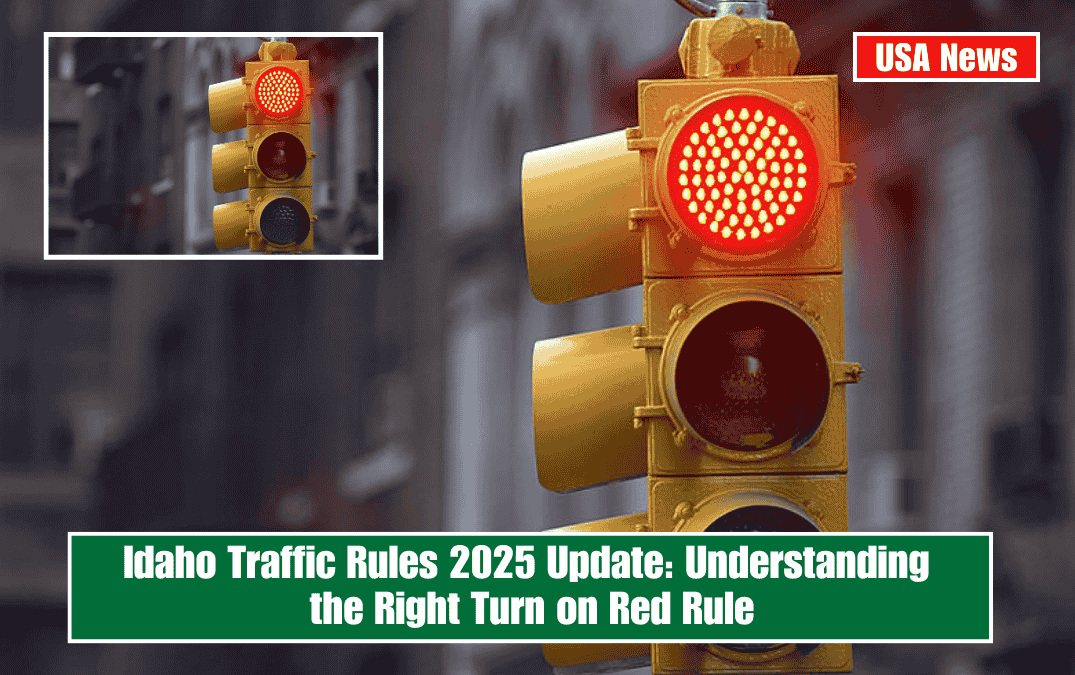Washington − On Thursday, President Donald Trump signed a memorandum instructing his administration to pursue reciprocal tariffs against nations that impose fees on US exports, escalating a trade war that could result in higher costs for Americans.
Trump did not immediately impose tariffs. He directed trade officials to go country by country and compile a list of tailored countermeasures.
The tariffs are expected to be equivalent to the fees that individual countries impose on products imported from the United States, including tariffs and taxes, while also taking into account regulatory requirements and subsidies affecting US businesses and consumers.
“Whatever they charge us, we’re charging them,” Trump said Thursday. “It’s a beautiful simple system.”
Trump had previously stated that he would impose tariffs on all nations to help fund his legislative agenda and protect American jobs before changing course last week. He previously stated that he was considering a “reciprocal” tariff that would allow the US to be more targeted in its approach.
The new approach reflects the administration’s concern about fees that are typically passed on to consumers, such as the value-added tax (VAT), which other countries use instead of a sales tax.
The Commerce Secretary and U.S. Trade Representative will lead the process in consultation with the Treasury Secretary, Homeland Security Secretary, and Trump’s economic team at the White House.
Countries with the highest trade deficits will be examined first, followed by those that the White House considers to have the most serious issues, according to a senior official who briefed reporters ahead of the announcement. These countries could face new tariffs in the coming weeks.
According to a White House official, the administration hopes that the action will spark a conversation with US trading partners about trade barriers. The official stated that Trump is willing to lower tariffs if another country lowers theirs.
Trump imposed steep 25% tariffs on steel and aluminum imports, with no exceptions, during an Oval Office signing on Monday. He stated that he would consider tariffs on automobiles, pharmaceuticals, and computer chips within the next four weeks.
The tariffs have hit competitors and allies, infuriating Democratic lawmakers who argue that the measures are counterproductive to Trump’s goals of assisting American workers, as well as US partners who are now threatening sharp increases of their own.
The White House announced that Office of Management and Budget Director Russell Vought will be in charge of writing and submitting a report assessing the fiscal impacts within 180 days. However, the move was intended to fulfill a legal requirement rather than to trigger a review and potential reversal of the administration’s actions.
Trump is relying on a combination of legal authorities to impose tariffs. These include Section 232 of the Trade Expansion Act, which Trump also used to impose steel and aluminum tariffs.
Following a Commerce Department review, the president is authorized to impose tariffs on imports for national security reasons in the United States.
He is also utilizing the International Emergency Economic Powers Act, which grants Trump the authority to declare a national emergency in order to restrict imports. Trump used the act in January when he imposed tariffs on imports from Canada and Mexico.















